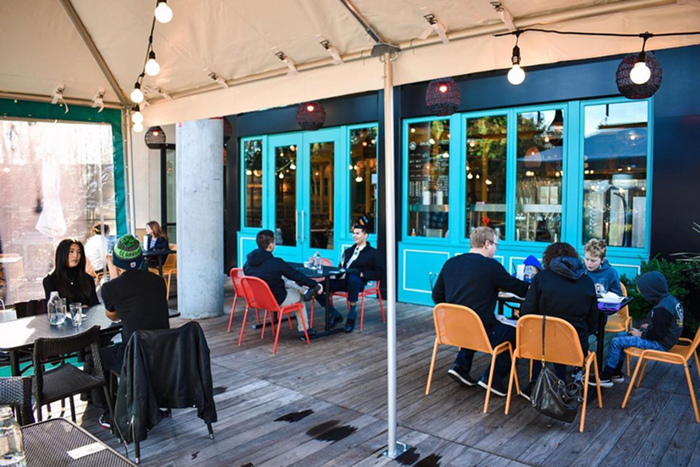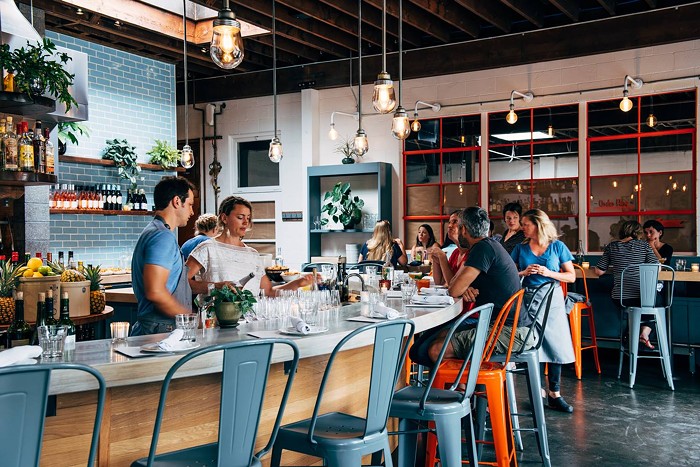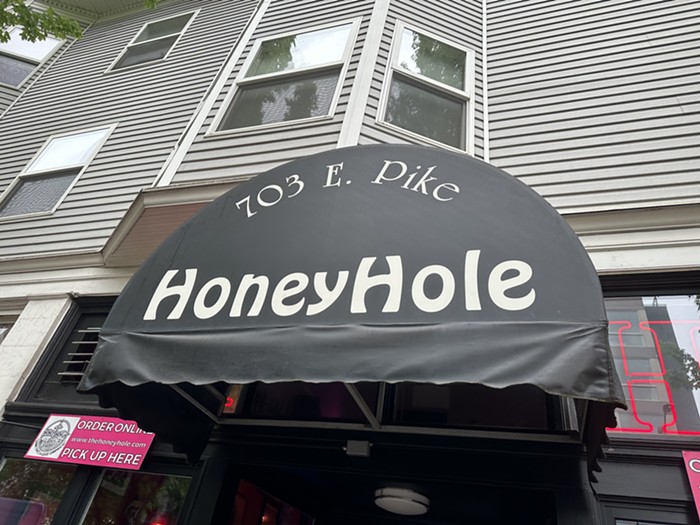
Rob Linehan wasn't trying to change anything when he opened Stumbling Monk twenty years ago. If anything, he wanted his pub to be the opposite of change, a beacon of staid taste like a timeless pub in a European village.
But something curious happened during his two decades in business. America developed a taste for quality beer, including an appreciation for the strange sour and rustic Belgian beers he was peddling. And the Stumbling Monk was partially to blame. Linehan quietly taught people how to appreciate Belgian beer, including some people that went on to become brewers of Belgian-style beers themselves. His pub, his tribute to preservation, ended up becoming an agent of change.
“It’s not something I would have ever recognized or really been aware of, but I’ve had several brewers tell me ‘Yeah, you introduced me to a lot of my favorite beers.’ That’s amazing to be told that,” Linehan said.
The Stumbling Monk, which started as a bottle shop in 1998 and then became a pub three years later, turned 20 years old on Wednesday. The local beer community clearly noticed.
By 8 pm the steam of a packed bar had fogged over the Stumbling Monk's tall windows that look out on East Olive Way. Many of the city’s best brewers were mingling under the din of the busy bar with no stereo system. Some even brought their own beer. On tap was “Don't Tell Rob,” an IPA made by Cloudburst Brewing, Holy Mountain Brewing, and Slow Boat Tavern. It was a classically balanced West Coast IPA, bitter with a touch of fruit and cereal flavor. The breweries publicized the collaboration IPA on Instagram but never told Linehan they were bringing it. The anachronistic bar owner doesn’t have a website, a public e-mail, or any social media accounts, meaning Rob was never in on the surprise.
That social media post was probably responsible for half of the crowd on Wednesday night. As the bar filled up and didn’t seem to quiet down, Rob leaned across the bar and told me he wanted it to slow down. “I was hoping it wouldn’t be so busy so I wouldn’t have to work the whole night,” Linehan said. When I asked Linehan two weeks before the anniversary if he was throwing a party he had quietly said he'd “probably just turn the open sign on and tap a few beers.”
This is the typical soft-spoken modesty of Linehan, who speaks quietly about products that other brewers dramatically display on social media. One of those beers Linehan offhandedly referred to as just "a few beers" was a keg of Cantillon’s St. Lamvinus, a Belgian sour beer.
Cantillon, the most famous producer of the Belgian Lambic style, is always highly sought after in America, but this beer, which is made with grapes from the French wine region of Bordeaux, is especially prized. It was my first time trying this particular Cantillon and it was delightful; slightly tart with a bit of fruit and strawberry flavors and a strong presence of minerality. It almost had a touch of spiciness.
These days beers like St. Lamvinus can get a thousand likes on Instagram and make beer nerds line up in the rain, but that wasn’t the case when Linehan first opened the Stumbling Monk twenty years ago.
“Beers like Cantillon didn’t really sell all that well… they didn’t fly off the shelf,” Linehan told me. But then things changed. As the cracks in the Stumbling Monk’s booths grew deeper and the chairs grew more rickety, Americans learned to love the beers he was pouring. Eventually, Linehan's bar was part of a movement that captivated an entirely new generation of beer drinkers. I’m certainly one of those people. When Linehan first started selling European bottles, I was only eight years old and probably couldn’t tell a pilsner from a stout. By the time I was old enough to legally drink, bars like Stumbling Monk were no longer a rarity in America and my ID bought me access to a plethora of great beers.
One of the first great experiences I had with sour, Belgian-style beers was at a brewery in Northern California called Russian River. I had just graduated from college and was driving down the Pacific Coast with a friend. We went to Russian River looking for their famous Pliny IPAs, which at the time were anointed the best IPA in America. But when we got to the Sonoma County brewery we were more impressed by the brewery's Belgian-inspired sour beers. They carried a level of nuance and expressed time and depth in a way that the IPAs my 22-year-old palate was accustomed to seemed to lack.
While I was enjoying a small wine glass of Cantillon on Wednesday night, Rob stood up on the counter below the chalkboard tap list hanging above the bar and started writing the words Russian River 2011 Consecration.
I ordered a glass and tasted the pop of an incredibly tart beer. It tasted like raisins, dates, and oak. About halfway through drinking the eight-year-old beer, I suddenly remembered my trip to Russian River and started to laugh. My trip down the coast was seven years ago, meaning the sour beer in the glass was older than my entire sour beer drinking experience. Just like the bar I was drinking in.



















